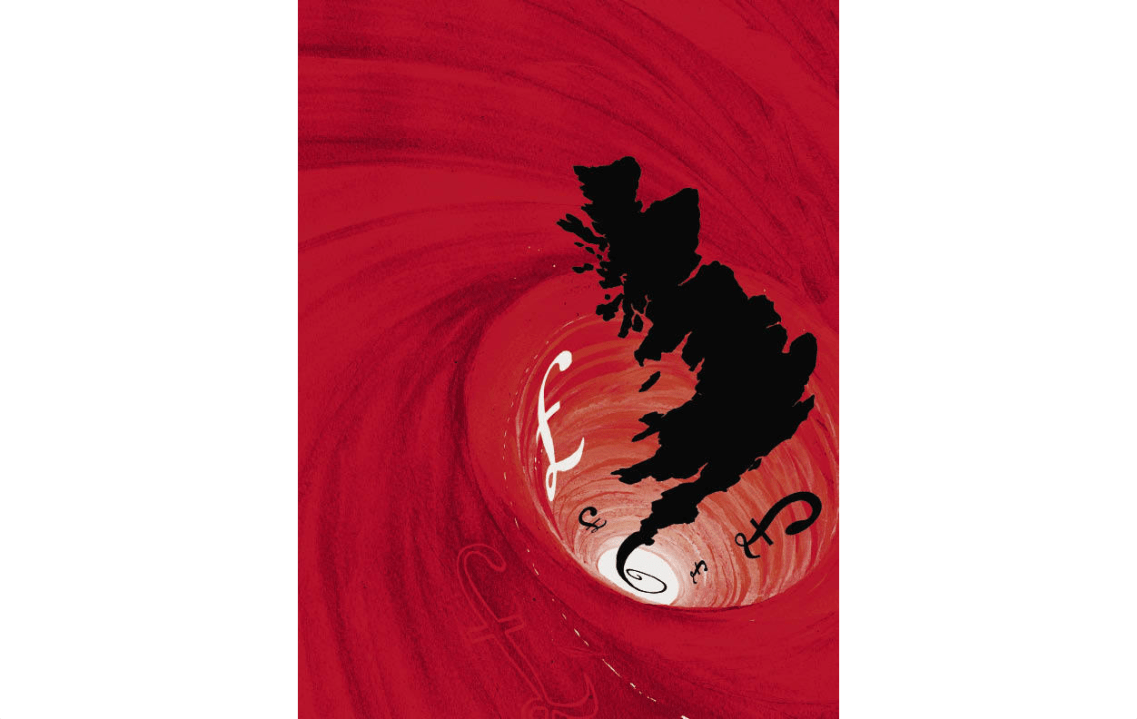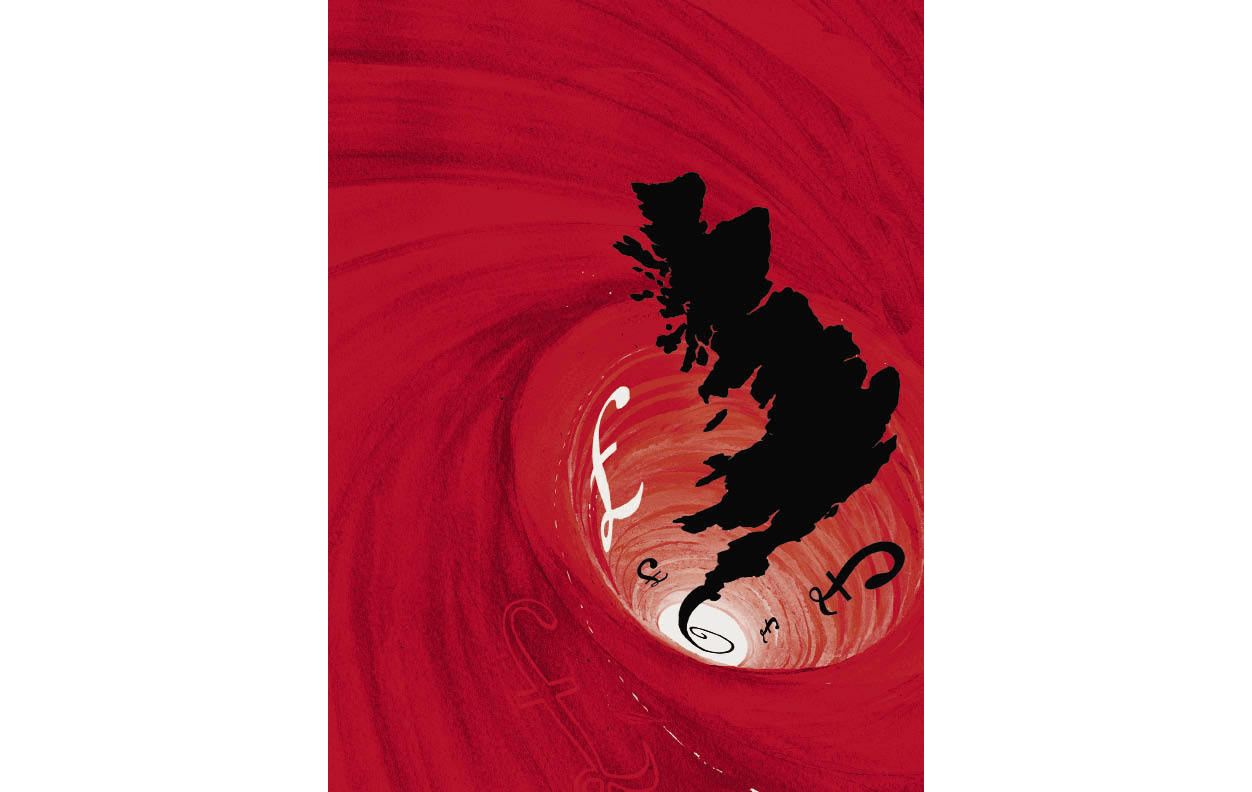On the face of it, the numbers are damning. The Scottish government has released the latest annual edition of Scotland’s public finances. It does not paint a pretty picture. Scotland’s notional deficit has more than doubled from £15.8 billion to £36.3 billion, taking the nation’s fiscal shortfall from 8.8 per cent of GDP to 22.4 per cent. This figure factors in a geographical share of North Sea oil revenue and compares to a UK deficit of 14.2 per cent. That is not only the largest deficit of the devolved era but more than double that seen in the wake of the global financial crisis in 2009/10.
If anything, GERS puts more pressure on Boris Johnson and his government
The figures also show public spending per head in Scotland continuing to outstrip the UK average, up from £1,754 in 2019/20 to £1,828 in 2020/21. Despite the Cameron government devolving sufficient powers over income tax for Holyrood to create its own Scottish Rate of Income Tax, with a top rate of 46 per cent, GERS records Scotland bringing in £382 less in annual revenue per person.
Supporters of the Union characterise combined higher spending and lower revenue receipts north of the border as ‘the Union dividend’, which this year would stand at £2,210 per person. Although today’s figures seem to further strengthen the case for Scotland remaining a part of the United Kingdom, they will do nothing to reassure voters in the rest of the country, in particular England, that they are not being shortchanged by these arrangements.
For the SNP, the figures will cause them a day of difficult headlines and might shift a few more undecided voters out of the pro-independence column, but the impact on the political fortunes of the party and the cause of independence will otherwise be minimal. There is a well-developed conspiracy theory that the Government Expenditure and Revenue Scotland figures, despite being calculated, analysed and published by the SNP-run Scottish government, are actually a propaganda tool of Westminster to undermine the case for independence. While this may sound like a fringe view, it became mainstream during the 2014 referendum and has only become more so. As Kevin Hague documented in The Spectator in May, 57 per cent of independence supporters and almost one-third of all voters agree with the statement: ‘The figures used to calculate Scotland’s deficit (the GERS figures) are made up by Westminster to hide Scotland’s true wealth’.
If anything, GERS puts more pressure on Boris Johnson and his government. With Nicola Sturgeon insisting she will press ahead with another independence referendum by the end of next year, and no sign that No. 10 is minded to legislate to prevent it, Boris will have to hope that support for secession can be kept below the 50 per cent mark. If it can’t, he faces the prospect of becoming the prime minister who oversaw the unravelling of the UK.
And that’s without factoring in the impact of the continued subsidising of higher Scottish public spending — and UK ministers’ boasts about it — on public opinion in England. If it’s unclear whether the Scots can be convinced to put up with the Union for £2,210 a head, there is surely a question hanging over English voters’ tolerance for this situation and whether they might at some point conclude that it is they who are no longer prepared to put up with the Union.








Comments